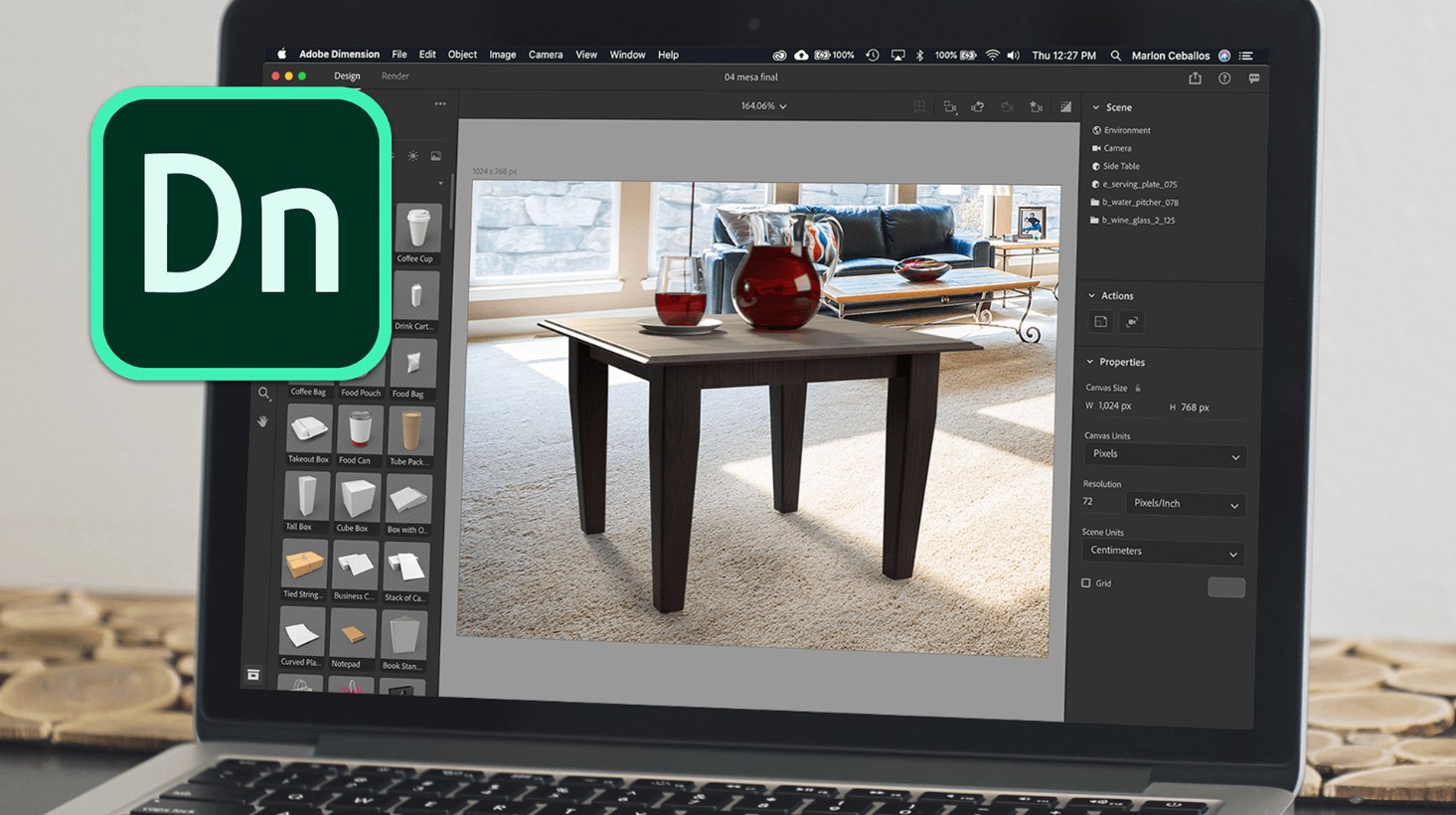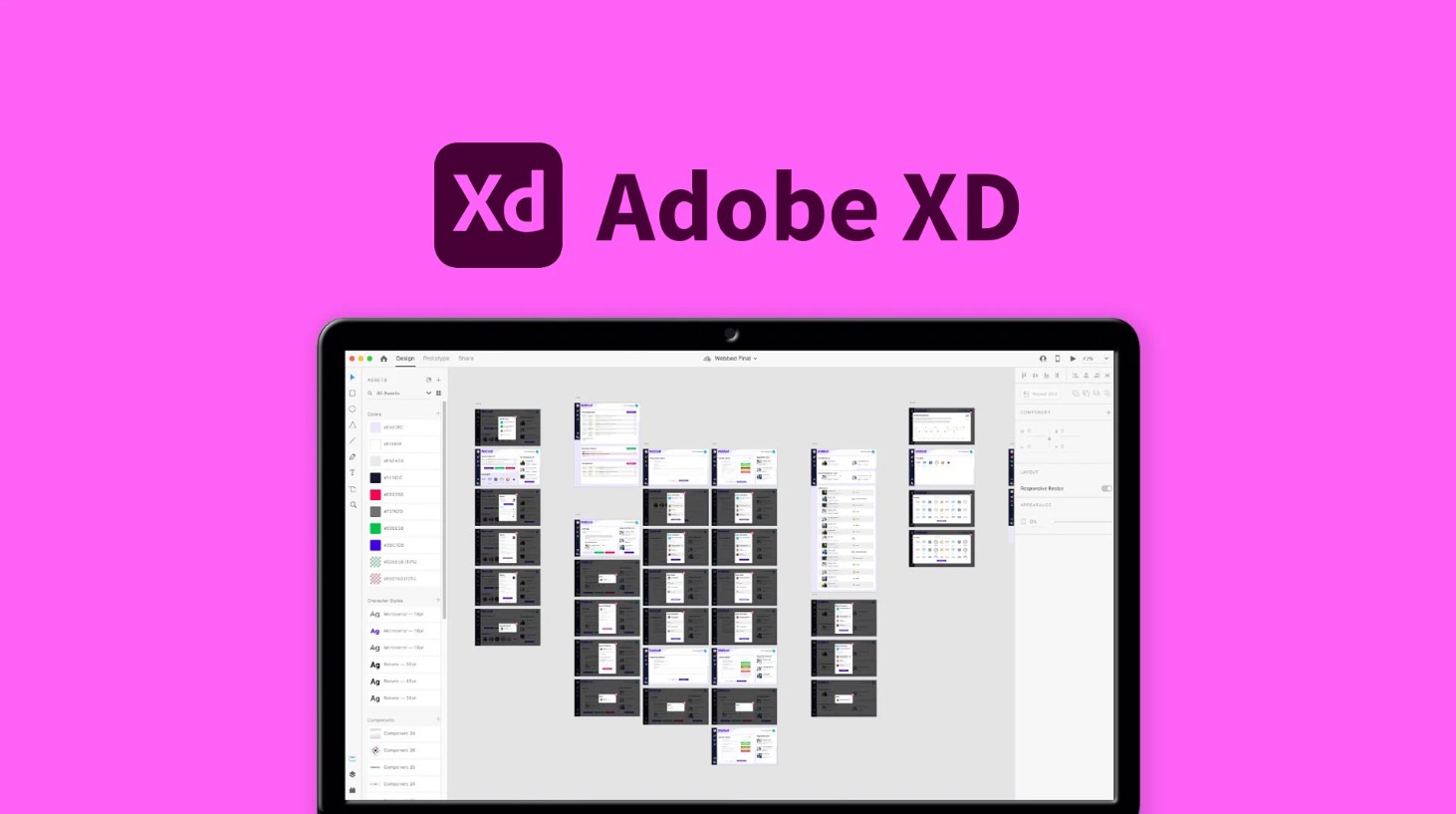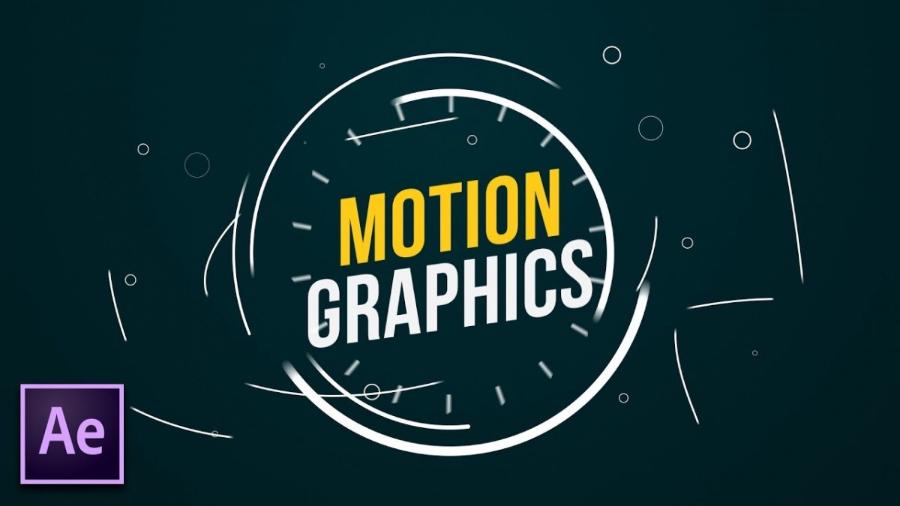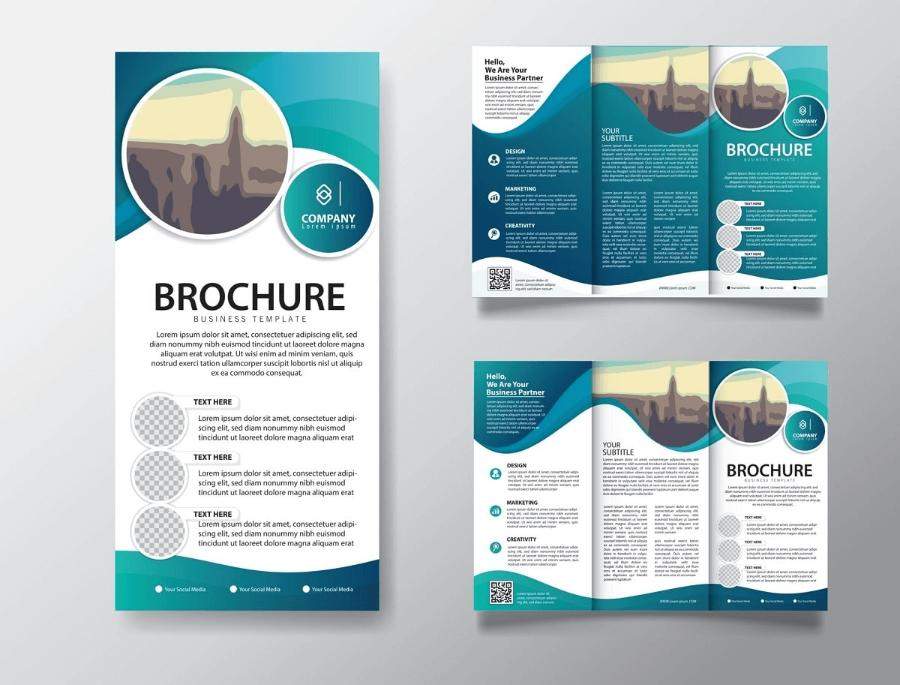Best Selling Products
Detailed Review of Adobe Dimension 3D Modeling Tool From A-Z
Nội dung
- 1. Learn a little about Adobe Dimension
- 2. Detailed Analysis of Tools and Modules in Adobe Dimension
- 2.1. Modeling Tools
- 2.2. Lighting Tools
- 2.3. Tools and Materials
- 2.4. Render Tools
- 2.5. Other Additional Features
- 3. Consider the Pros and Cons of Adobe Dimension
- 3.1. Outstanding advantages of Adobe Dimension
- 3.2. Disadvantages of Adobe Dimension
Adobe Dimension is an advanced 3D design software developed by Adobe, to help designers and marketers easily turn creative ideas into realistic 3D images without requiring in-depth knowledge of modeling.

Adobe Dimension is gradually becoming an indispensable tool for modern designers. With an intuitive interface, powerful integration with the Adobe Creative Cloud ecosystem, Dimension promises to help you easily create vivid, professional 3D images for creative projects. In the article below, SaDesign will explore Adobe Dimension from AZ through each aspect, helping you better understand this software and consider whether it is suitable for your needs or not.
1. Learn a little about Adobe Dimension
Adobe Dimension is a specialized 3D modeling software designed to provide users with an intuitive experience in creating product images, advertising mockups or unique creative projects. Born in the context of an increasingly developing design market, Dimension is not only a rendering tool but also an effective bridge between 2D and 3D design, helping users easily convert ideas into visual products.
Adobe Dimension was born to meet the growing market demand for easy-to-use 3D design products, helping creators create realistic images without too much in-depth knowledge of 3D modeling. From the first version to recent updates, Dimension has been continuously added and improved with new features to optimize the user experience.
.png)
In a world where there are many 3D software such as Blender, Cinema 4D or 3ds Max, Adobe Dimension still holds its own strength thanks to its tight integration with other Adobe applications. This helps designers easily switch and combine 2D and 3D projects, creating a seamless and efficient workflow.
2. Detailed Analysis of Tools and Modules in Adobe Dimension
Adobe Dimension stands out not only for its friendly interface but also for its powerful toolset, supporting users to create vivid and professional 3D products. Below is a detailed analysis of the main tools and modules:
2.1. Modeling Tools
Adobe Dimension allows you to start with basic shapes such as cubes, spheres, cylinders... This is the foundation for building 3D objects later.
Once you have created your basic shapes, you can easily fine-tune them. The intuitive interface allows you to drag and drop, resize, rotate, and position objects as you wish. This helps turn simple shapes into complex and unique models.
.png)
The modeling tools in Dimension are designed to meet the needs of both beginners and professional designers. You can experiment with shapes, combine them, and customize them freely, opening up many creative possibilities.
2.2. Lighting Tools
Lighting plays an important role in creating realism for 3D images. Adobe Dimension allows you to customize brightness, change the direction of light and position of light sources to match the product context.
The lighting tool helps create soft, natural shadow effects that help highlight objects and add depth to images. This makes your products look more vibrant and attract attention.
By adjusting the lighting, you can create a variety of scenes – from the soft light of dusk to the strong light of day, adding richness to your project.
2.3. Tools and Materials
Dimension includes a material panel that allows you to apply textures to 3D objects. You can choose from a library of available materials or create your own.
.png)
You can adjust properties like gloss, opacity, reflection, and other special effects to create realistic surfaces. This gives your objects not only beautiful shapes, but also a lively and natural look.
The material tool opens up a wide range of opportunities for you to experiment with different effects, from shiny metal surfaces to soft fabrics, maximizing creativity in every project.
2.4. Render Tools
Adobe Dimension's rendering process is optimized for high-quality 3D rendering. You can export images at high resolution, ensuring sharp details and vivid colors.
The software offers a variety of rendering options, allowing you to tailor the rendering configuration to each specific project. This saves processing time while ensuring the quality of the final image.
Thanks to advanced rendering technology, Dimension reduces waiting times, allowing you to focus on creativity and edit small details efficiently.
.png)
2.5. Other Additional Features
In addition to creating static images, Adobe Dimension also supports basic animation features. You can create camera movements or apply subtle motion effects to make your project more dynamic.
Dimension allows exporting 3D files in a variety of formats, making it convenient for sharing and use in multimedia design or presentation platforms.
The add-on features go beyond just creating motion effects and extend integration with other software in the Adobe Creative Cloud suite, making it easy to combine 2D and 3D elements to create the perfect product.
3. Consider the Pros and Cons of Adobe Dimension
.png)
3.1. Outstanding advantages of Adobe Dimension
Easy to Use and User Friendly
Adobe Dimension is designed with an intuitive interface, helping users quickly grasp the basic functions right from the first use. Whether you are a beginner or experienced, the logical layout and easy-to-understand icons will help you easily manipulate and perform design tasks without any trouble.
One of the outstanding advantages of Dimension is the ability to integrate smoothly with other software in the Adobe ecosystem such as Photoshop, Illustrator,... This helps you switch between 2D and 3D projects quickly, creating a seamless and efficient workflow, saving time and effort in the creative process.
.png)
Impressive Render Quality
With advanced rendering technology, Adobe Dimension allows you to create high-quality 3D images with sharp details and realistic colors. The exported images are not only beautiful but also have depth, making your products more prominent and attractive.
Dimension’s flexible rendering options allow you to tailor your configuration to the specific needs of each project. This optimizes the rendering process, minimizing wait times while ensuring high image quality, making it ideal for projects with tight deadlines.
Tutorials and Community Support
Adobe provides a wealth of documentation, video tutorials, and detailed articles to help users easily get acquainted with the software and make the most of Dimension's features. This is especially useful for beginners, helping them gain more confidence in the creative process.
.png)
Adobe Dimension has a large and active user community. Online forums and groups are always ready to share experiences, answer questions and support each other during use. This is a great source of motivation to help users overcome difficulties and continuously improve their design skills.
3.2. Disadvantages of Adobe Dimension
Limited for complex 3D tasks
While Adobe Dimension is powerful for creating beautiful 3D images, when compared to other specialized software such as Blender or 3ds Max, Dimension has certain limitations. 3D professionals may find it lacking in some of the advanced features needed for complex projects, such as physics simulation or creating sophisticated animations.
Computer Configuration Requirements
To be able to smoothly handle complex 3D tasks and render images with high quality, Adobe Dimension requires a computer system with a relatively high configuration. If your computer is not powerful enough, the rendering process may be slow or have problems, affecting work performance and user experience.
.png)
Limitations in Advanced Customization Tools
While Dimension is very user-friendly and makes it easy to get into 3D design, it may not be enough for professionals who need deep customization of details and advanced features. Some tools and modules are still limited in terms of customization, which can make it difficult for professional users to get creative in more unique and complex directions.
Adobe Dimension is a powerful tool for both beginners and design professionals, thanks to its intuitive interface, smooth integration with other Adobe software, and impressive rendering quality. Despite some limitations in terms of advanced features and high computer configuration requirements, the software is still a worthy choice for many creative projects. With this detailed review from AZ, SaDesign hopes to provide you with useful information and a comprehensive view of Adobe Dimension.












































